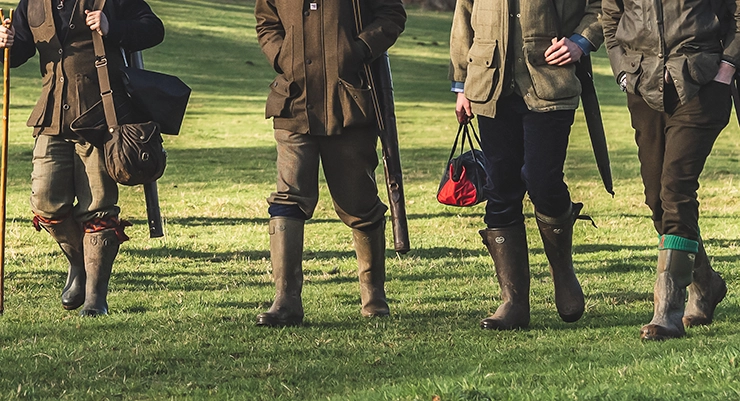
Choosing the right hunting shoes is crucial for ensuring comfort, safety, and performance during your outdoor adventures. Understanding the key features of hunting footwear can make all the difference. Here’s a concise guide to help you select the perfect pair of reliable and fashionable hunting shoes.
Understand Your Hunting Environment
The first step in choosing hunting shoes is to consider the environment where you’ll be hunting. Different terrains require different types of footwear:
Woodlands and Forests: Opt for boots with good ankle support and rugged outsoles for traction. Waterproofing is essential due to damp conditions.
Mountains and Rough Terrain: Look for high-cut boots with stiff soles for support on uneven ground. Enhanced ankle support and durability are crucial.
Wetlands and Marshes: Waterproof or rubber boots are a must. They should be easy to clean and resistant to water and mud.
Desert and Dry Areas: Lightweight, breathable boots with good ventilation to keep your feet cool and dry.
Material Matters
The material of your hunting shoes affects their durability, comfort, and performance:
Leather: Offers excellent durability and support. Full-grain leather is highly durable but requires breaking in, while split-grain leather is lighter and more breathable.
Synthetic: Materials like nylon and polyester are lightweight and breathable, making them ideal for hot climates. They dry quickly but may not offer the same durability as leather.
Rubber: Perfect for wet conditions, providing complete waterproofing and easy maintenance.
Insulation and Waterproofing
Insulation: If you hunt in cold climates, insulated boots are essential. Insulation is measured in grams, with higher numbers indicating more warmth. Choose based on the expected temperature: 200-400 grams for mild cold, 600-800 grams for moderate cold, and 1000+ grams for extreme cold.
Waterproofing: Ensure your boots have a waterproof membrane like Gore-Tex. This keeps your feet dry while allowing moisture to escape, preventing blisters and discomfort.
Fit and Comfort
Proper fit is crucial for comfort and preventing blisters and fatigue:
Sizing: Hunting shoes should fit snugly but not too tight. There should be enough room for your toes to move, and the heel should not slip.
Try with Socks: Wear the socks you plan to use while hunting when trying on boots. This ensures a proper fit.
Break-In Period: Allow time to break in your boots before your hunting trip. Wear them around the house or on short hikes to soften the material and mold them to your feet.
Additional Features
Consider these additional features based on your specific needs:
Camouflage: Some hunting boots come in camo patterns to blend into your environment.
Noise Reduction: Boots designed for stealth have quieter soles to minimize noise when moving through the bush.
Lacing Systems: Quick-lace systems can save time and ensure a snug fit, while traditional laces offer more customization.
The post How to Choose Hunting Shoes appeared first on The Fashiongton Post.
